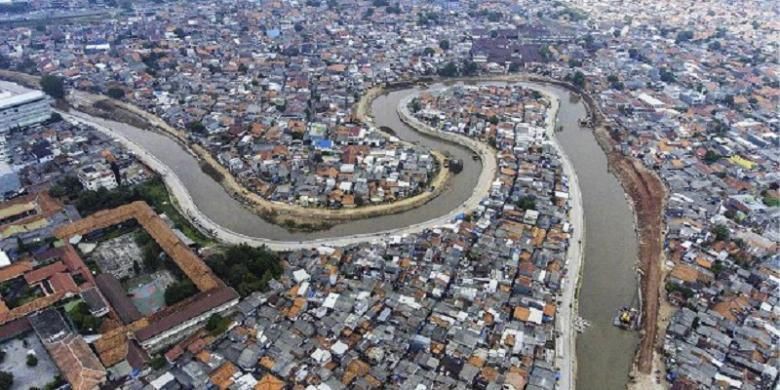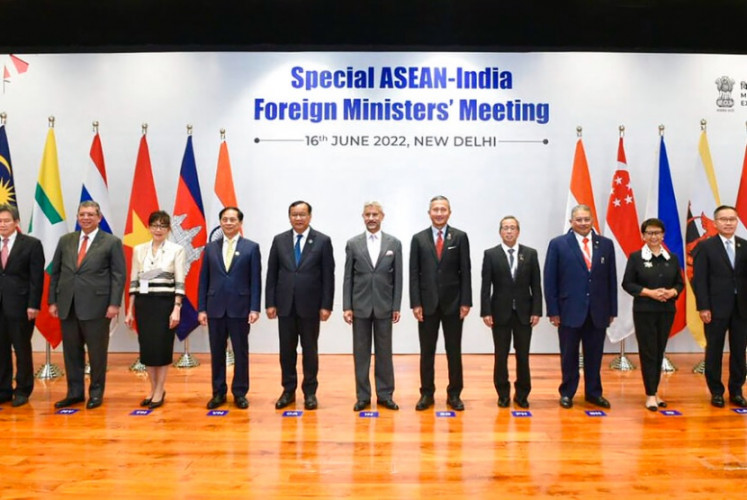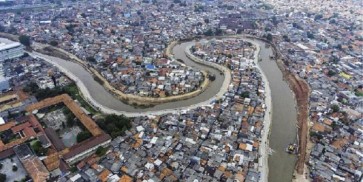Water: What next after court decision?
Current agreement is not adequate to meet the water needs of the growing population and a more up-to-date cooperation model needs to be investigated and discussed.
Change Size
 An aerial photograph of Ciliwung Rver in Bukit Duri, South Jakarta on Oct. 19. (Kompas/Hendra A Setyawan )
An aerial photograph of Ciliwung Rver in Bukit Duri, South Jakarta on Oct. 19. (Kompas/Hendra A Setyawan )
T
he judiciary (Constitutional Court), in reversing a previous judgment, has decided that the provision of water in the city of Jakarta under private sector concessions should not be continued and would instead be handed back to PAM Jaya, the public utility company.
PAM Jaya was responsible for the capital’s water supply until the private sector was engaged in February 1998, because the company was non-performing in part due to its huge debts, and because of a very real need for new investment to upgrade and expand the utility service. This was shortly before the end of the Soeharto government.
Critics led by the Public Coalition Against Water Privatization in Jakarta (KMMAJ) have incorrectly said that the scheme failed and caused losses to the state, and further hampered the provision of clean water to low-income households.
The reality is completely different, since the water rate is based on full cost recovery and is unlike most other schemes in Asia, which are unsubsidized. The rate is therefore deemed to cover the entire cost of running the water service, including the operational expenditures of PAM Jaya, the Regulatory Body and the Jakarta administration, as well as amounts payable to cover PAM Jaya’s debts to the Ministry of Finance.
The water rates are set solely by the city government and lowincome families are protected by a very low rate based on a crosssubsidy mechanism, whereby customers of larger key accounts pay up to 14 times more than lowincome customers.
Because the operator receives a flat fee from PAM Jaya for each cubic meter billed and collected, called the water tariff, there is no incentive for the operator to favor connections to wealthier citizens.
In short, the scheme has been a success. It has enabled PAM Jaya to pay off its Rp 1.3 trillion (US$100 million) debt to the government while at the same time, operators have made substantial improvements to the supply system, even though there is still more to be done. However, the current agreement is not adequate to meet the water needs of the growing population and a more up-to-date cooperation model needs to be investigated and discussed.
















